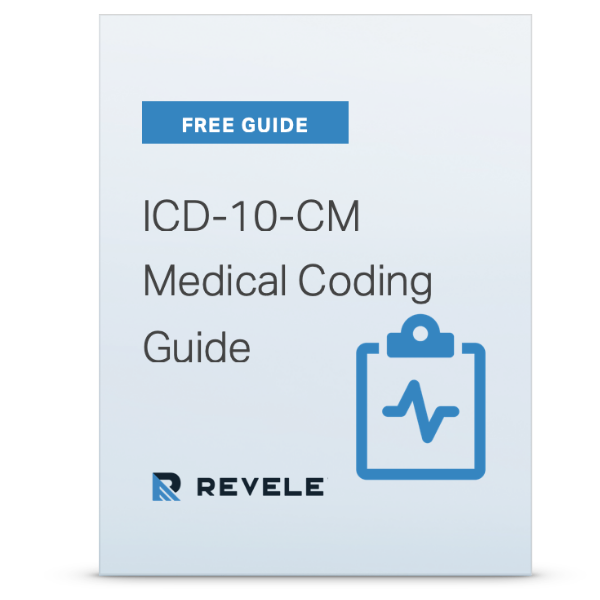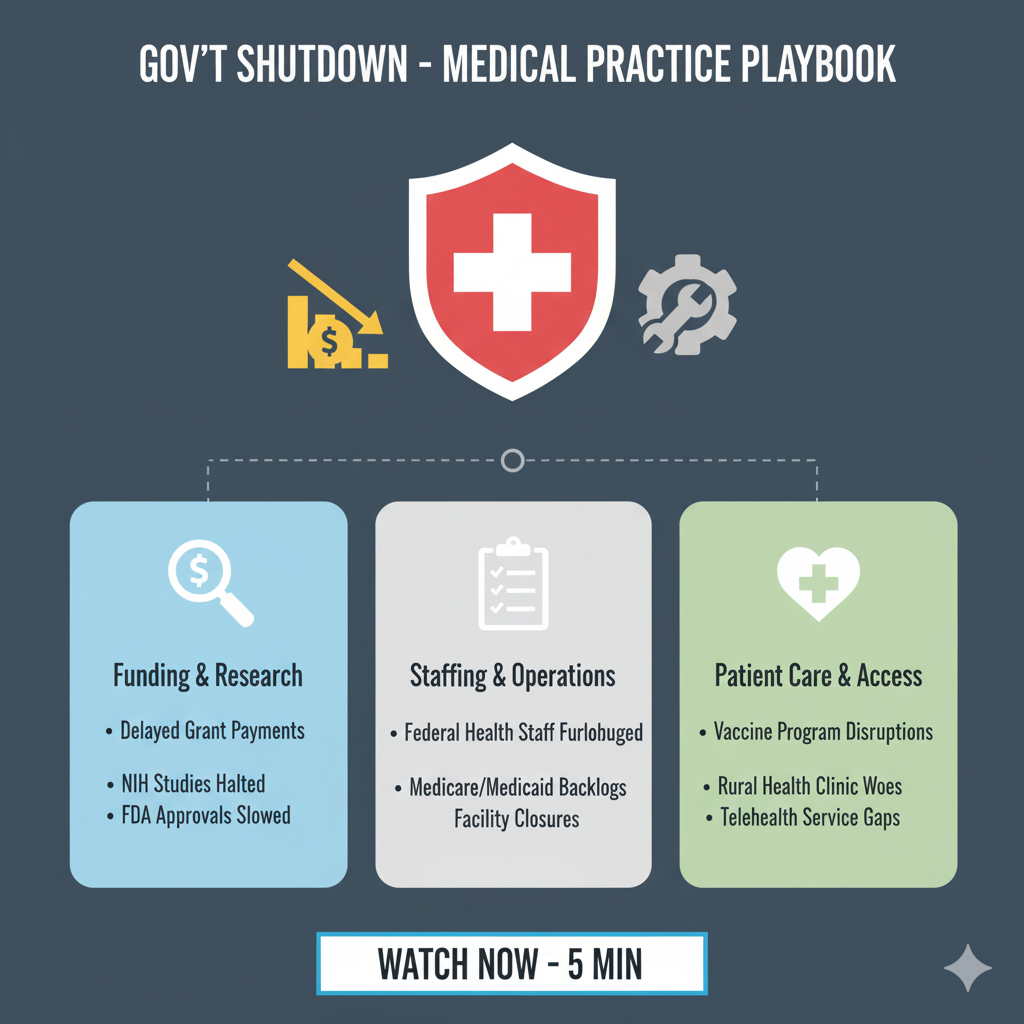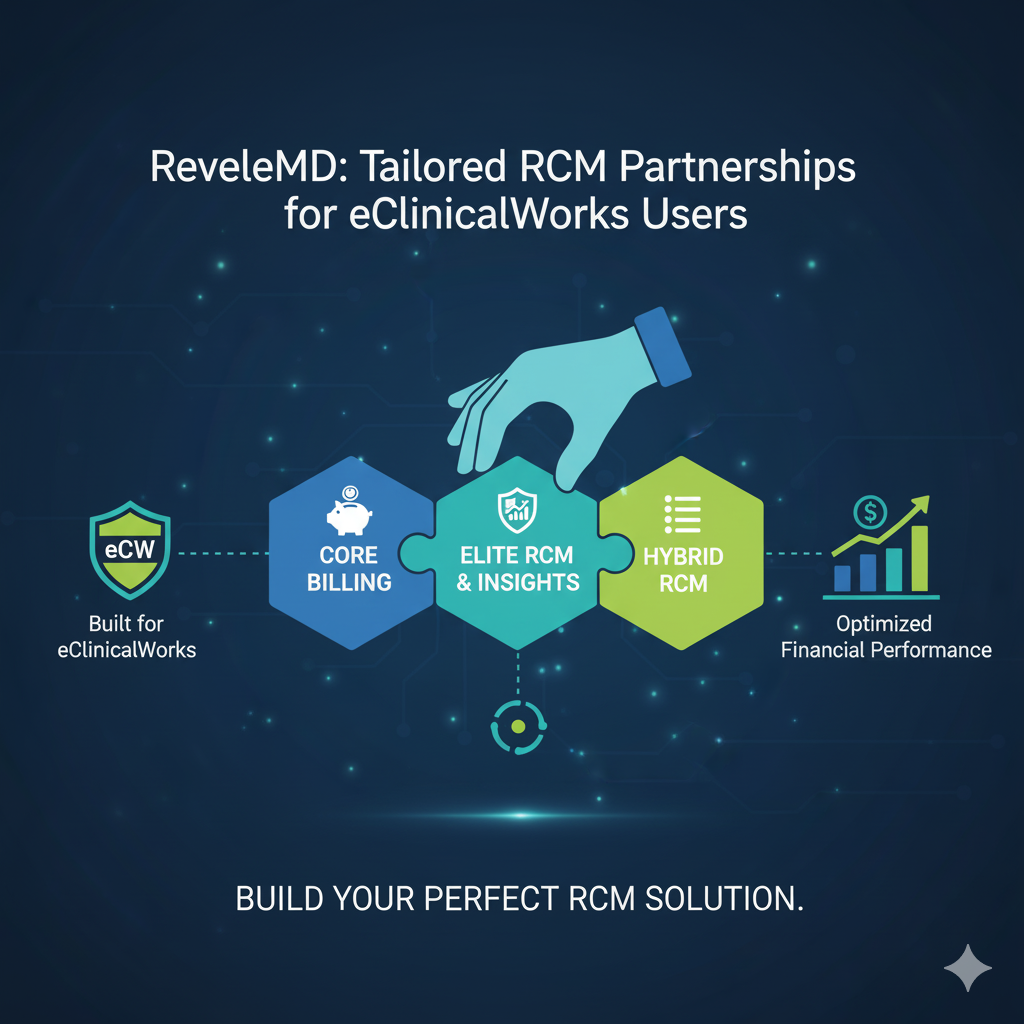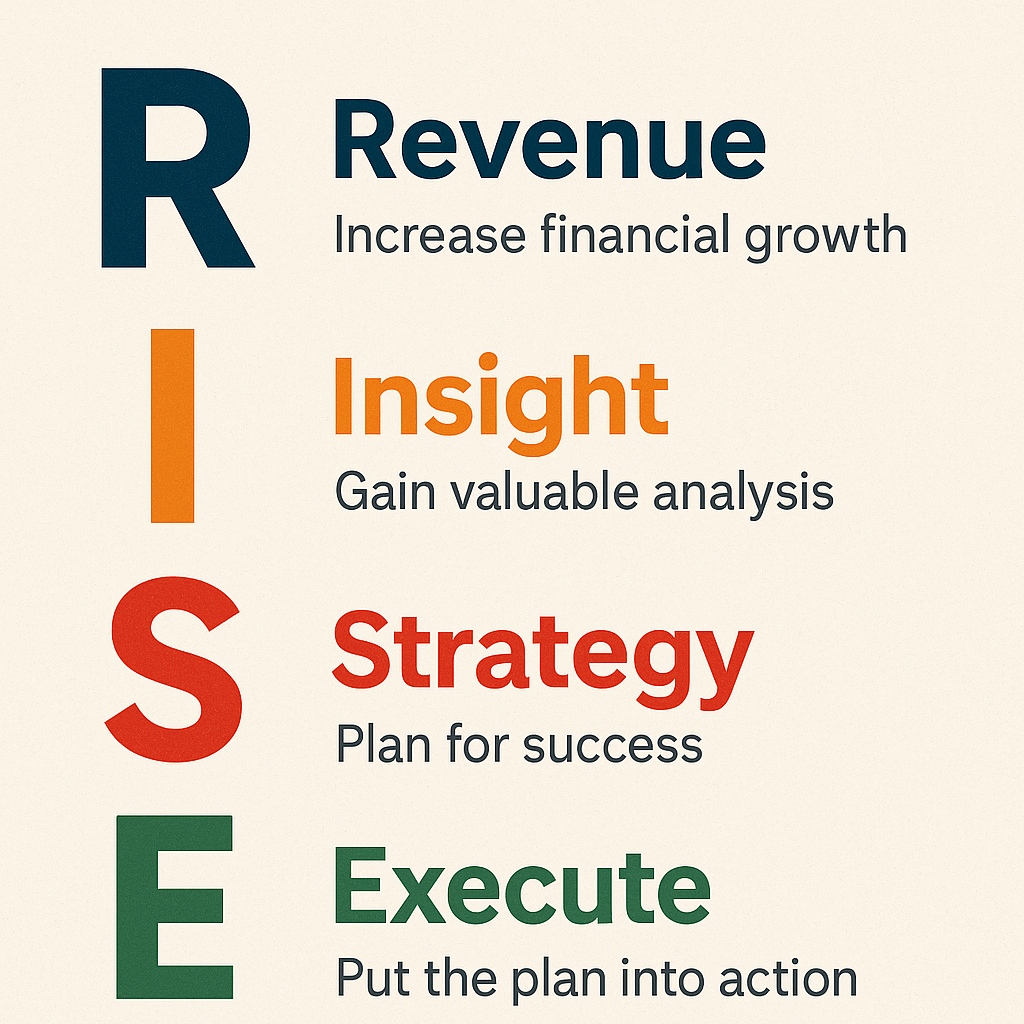According to a recent report from the American Medical Association Board of Trustees, an EHR in the exam room has the ability to improve the doctor-patient relationship. Before you try to enhance your relationships by downloading the first EHR software system you demo, consider the training you will receive with the EHR implementation.
Spending too much time on the use of electronic health records in the exam room can change the doctor-patient relationship and end up causing more harm than good. Note that earlier I mentioned an EHR in the exam room has the ability, but it is not a guaranteed solution to improving doctor-patient relationships. An EHR can be your best friend or your worst enemy. It all depends on your training.
Here are 3 tips to help improve patient communication while using an EHR at your practice:
- Bedside Manner. EHR users should have a genuine interest in why your patient is in the office and be willing to focus on the patient rather than worry about documenting a given demographics field like smoking status for Meaningful Use standards. Ignoring the patient will cause distractions and make the visit less personal. Your willingness to observe is a crucial factor in maintaining your relationships with patients. Use the EHR as a method of organizing your observations.
- Personalize your patient care. Patients are demanding e-communications so make sure to choose an EHR that is going to make communicating with your patients easy.
- Use a tablet in the exam room. Using a tablet efficiently can help you spend less time typing and more time with the patient. You can also include the patient into what you are doing and get them to take responsibility for their health by using helpful apps.
EHR Training can be as beneficial to your practice as you and your vendor feel necessary. It shouldn’t be a “one size fits all” solution but rather a plan built around your staff, workflow, specialty, and learning style. There is often a misconception that younger users are going to adapt easily to an EHR, but this is not always true. Being able to navigate the software and understand computer jargon may benefit certain users during the initial training process but when determining how to best capture patient information, the training is going to be a key element in your success.
When it comes to capturing information in your EHR and maintaining a healthy relationship with the patient, balance is the key. Building strong relationships with your patients and documenting efficiently in your EHR can reduce uncertainty and provide better overall patient care. Focusing on patients’ responses by listening and observing their body language can influence decision making because the information isn’t just framed as structured data in your EHR but instead is treated as a problem that the patient is experiencing. Focusing too much on the clicks can cause physicians to miss the real problem.
The bottom line is that being computer literate isn’t a guarantee that your EHR implementation is going to go smoothly or that you won’t experience initial growing pains with the new software. Successful use of an EHR at your practice is going to depend largely on other aspects and areas of focus during the training which can be overlooked initially.
Written by Kaitlyn Houseman, GroupOne Health Source Sales Coordinator








